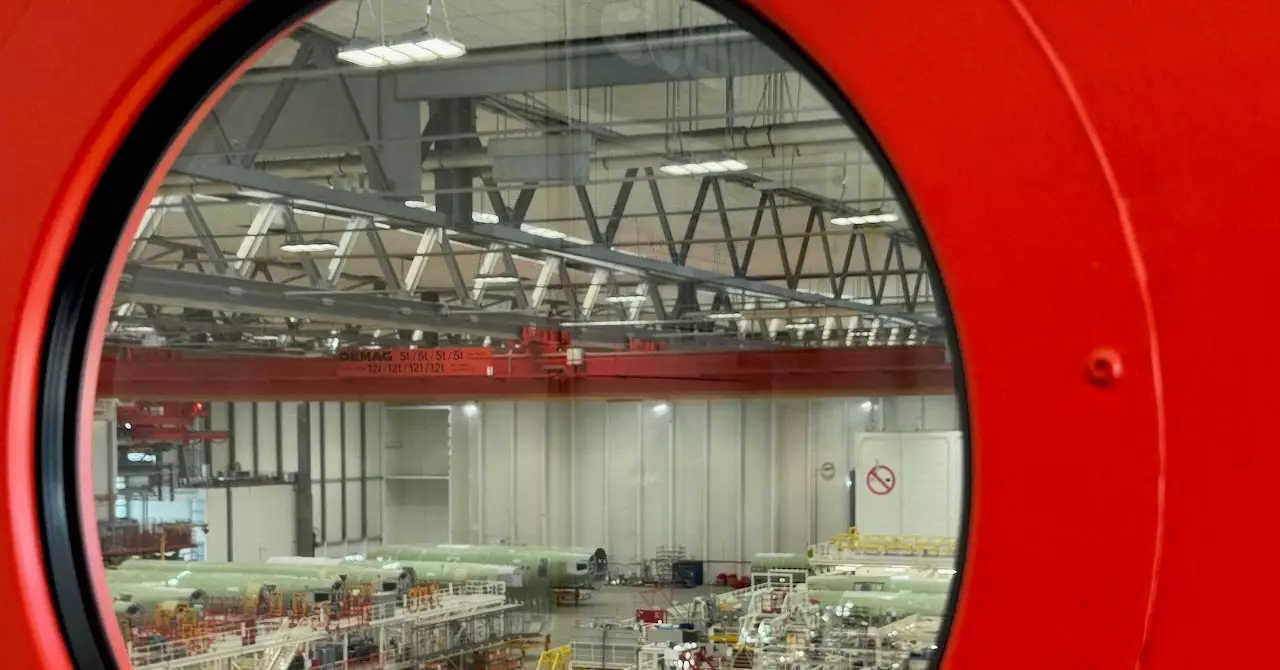The moment when a new owner signs for and picks up an airliner is a crucial milestone in the life of the aircraft. It is akin to a driver picking up a new car from a dealership. Recently, a brand new Airbus A321neo was being delivered to Wizz Air, a low-cost Hungarian airline, at Hamburg-Finkenwerder airport in Germany. The aircraft, registered as H9-WNM, was meticulously produced at Airbus’s Hamburg factory in just over a year.
The production of an aircraft involves a complex and intricate process that starts with the manufacturing of various components. Some of these components are produced internally by Airbus, while others are outsourced to third-party suppliers located around the globe. These components include structural parts, on-board electronics, hydraulic and mechanical components, among others. Once all the components are ready, they are transported to the final assembly lines (FAL) where they come together to form a complete aircraft. Airbus operates four FALs located in Toulouse, France; Mobile, Alabama; Tianjin, China; and Hamburg, Germany.
The transportation of aircraft components from various manufacturing centers to the final assembly lines is a formidable logistical challenge. This complex operation involves a combination of shipments by boat, train, road, and air. Airbus utilizes a small fleet of specialized transport planes, known as Belugas, to move large components such as fuselages between production centers. These Beluga planes, with their distinctive shape resembling beluga whales, play a crucial role in ensuring that all the necessary components reach the assembly lines on time.
While the exact cost of purchasing an aircraft is typically not disclosed by airlines and manufacturers, it is no secret that owning a plane is a hefty investment. The base price of a single Airbus A321neo is estimated to be around $110 million. However, the actual price can vary depending on factors such as the number of aircraft purchased and the commercial history of the airline. Despite the high cost, airlines view the acquisition of new aircraft as a necessary investment to maintain a modern and efficient fleet.
The process of delivering a new aircraft involves a meticulous and complex series of steps, from the manufacturing of individual components to the final assembly and delivery to the customer. The collaboration between Airbus and its global network of suppliers and the intricate logistics involved in transporting aircraft components highlight the extraordinary effort that goes into bringing a new aircraft into service.


Leave a Reply